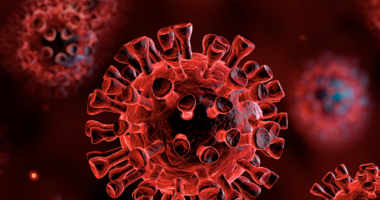Issue Insights
Educating Youth About Marijuana: A View from the Evergreen State
June 9, 2017

It’s astonishing how quickly the landscape has changed around a once-taboo issue: legalizing recreational marijuana. In the last decade, public opinion in favor of legalization has grown from 32 percent to 57 percent. Four states currently operate a recreational marijuana marketplace (Colorado, Washington, Oregon and Alaska), and four more are about to do so (California, Maine, Massachusetts and Nevada). Medical marijuana is legal in 29 states.
Here in Washington state, the physical landscape has changed dramatically, too, since legalization. Pot shops are as ubiquitous as Starbucks. There are advertisements for “Legal Weed” on giant billboards and in community newspapers. The aroma of marijuana wafts through downtown streets, neighborhood parks and public events.
There is no doubt that the way people view and use marijuana is changing. Statewide marijuana retail sales in 2016 were $696 million. More people are consuming marijuana in all its forms—smoking, vaping and ingesting it through edibles—and are doing so more visibly.
So what is the net effect of marijuana legalization on the most impressionable residents of the Evergreen State—our youth? Well, it’s complicated. The good news is the latest Healthy Youth Survey shows marijuana usage rates for youth have remained steady since legalization. However, the perception among youth that marijuana is harmful has dropped, which can be a precursor to a jump in usage rates, if substance use research is a guide.
The drop in youths thinking marijuana use is risky is extremely concerning. The fact is that using marijuana has serious risks and consequences for young people, and they are very different for youth than adults—mainly because their brains are still developing and because it is illegal for those under 21. Consider:
- Using marijuana can impact memory, motivation and the ability to learn, which can make it difficult to keep up at school.
- One in six people who start using marijuana as a teen will become addicted to it. And most teens who get treatment for substance abuse in Washington State report that marijuana is the main or only drug they use.
- Using marijuana can affect coordination, movement and reaction times. This is particularly important when driving impaired. Since 2011, the number of fatal crashes involving a driver who tested positive for marijuana has increased. In 2016, there were 73 such fatal crashes and 82 total fatalities.
- Getting caught with marijuana can involve fines, doing public service, misdemeanor or felony charges, and loss of a driver’s license.
Government agencies and community organizations are committed to educating youth about marijuana. We’re proud to work with the Washington State Department of Health, the agency leading marijuana prevention and education efforts, to develop the Listen2YourSelfie and Under the Influence . . . of You campaigns. Through these efforts and extensive research, we’ve learned a lot about what works and what doesn’t when communicating with youth about marijuana within the context of legalization. Lessons include:
- Demonstrating how marijuana can get in the way of personal goals and opportunities—whether short- or long-term—resonates with youth.
- Out of all the health risks, marijuana’s impact on brain development is the most believable and effective prevention message with young people.
- Reaching youth in the digital universe when they are playing games, listening to streaming radio, interacting with friends and actively searching for information is foundational for a successful campaign. Layering in “IRL” (in real life) outreach through partners takes it to the next level.
- Responding to comments on social media quickly and respectfully is essential to build trust with youth and can stem negative “pile ons” that hijack the message.
- Adopting a campaign voice and persona like that of a relatable health/science teacher is on target. No need to act like youth to reach youth.
- Beyond direct outreach to young people, encouraging parents and other trusted adults to talk with the teens in their lives about the risks and consequences of marijuana use allows them to hear prevention messages in a variety of ways from a variety of sources.
As more states and countries (Canada!) legalize marijuana, more young people are receiving mixed messages about the risks of the drug for them. It’s critical to their health and safety to arm them with the facts in ways that are relevant and effective.

)





